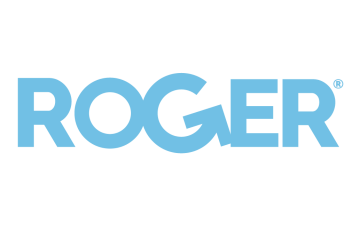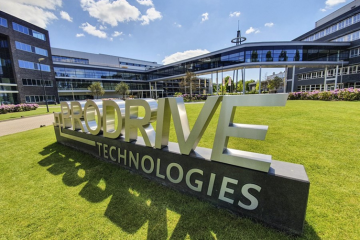Competitive advantage is a key concept in strategic management, representing the leverage a company has on its competitors. Several theories have proposed different approaches to understanding and explaining the sources of competitive advantage. This article aims to briefly cover some of the common theoretical foundations of competitive advantage, and the content is based on my MSc thesis.
The Market-Based View
The market-based view considers external factors such as industry trends and market orientations as the primary cause for the company performance, and the company should thus position itself correctly in the market to gain competitive advantage according to the view. The market-based view is mostly based on the works of Bain and Porter. Although the market-based view had influence in the literature on how to analyze external issues and position companies within them, the view has lost some of its importance from the 1980s onwards. Nonetheless, the market-based view has provided frameworks such as the Structure-Conduct-Performance paradigm by Bain and the five forces model by Porter that are useful for explaining some possible roots of competitive advantage.
The Resource-Based View
The resource-based view focuses on the internal aspects of a firm, particularly the resources. The resource-based view considers firms as collections of heterogeneous resources. The resource-based view has gained popularity in the academia. Barney divided firm resources into physical capital resources, human capital resources and organizational capital resources by referring to previous management research. Miller and Shamsie later defined a distinction between property-based and knowledge-based resources. However, proponents of resource-based view have stated that only selected strategic firm resources should be considered a source of competitive advantage, and this can be illustrated with the VRIO framework, which states that resources should be valuable, rare, imperfectly imitable and have organizational support in order to gain sustained competitive advantage. Further research has also derived special cases from the resource-based view with a focus on knowledge and capabilities.
The Knowledge-Based View and the Capability-Based View
The knowledge-based view and the capability-based view of competitive advantage have emerged from the resource-based view, but they emphasize special cases of resources. The focus of the knowledge-based view is thus on information-based knowledge rather than on physical assets, as the knowledge-based view regards knowledge as the most important driver of competitive advantage. The capability-based view of competitive advantage considers capabilities as the source of competitive advantage and resources as the source of capabilities. Amit and Shoemaker defined capabilities as information-based organizational processes that are firm-specific, whereas they considered resources as externally available and transferable. The approach of the capability-view is sometimes seen as a supplement of the resource-based view, and in more recent studies representing the resource-based view, both resources and capabilities are seen as sources of competitive advantage. The capabilities can thus be used alongside resources even with the general approach of the resource-based view.
The Relational View
Whereas the market-based view focuses on the industry and the resource-based view of the company, the relational view emphasizes the interfirm network routines of the company. The relational view was introduced by Dyer and Singh as an alternative to the resource-based view by stating that valuable resources of a company might exist beyond the company boundaries. Although Dyer and Singh considered both the market-based and resource-based views as important, they criticized focusing singularly on their approaches due to their limitations of interorganizational competitive advantage. The relational view has described several focus areas for creating competitive advantage through relational rents. The relational view influenced the extension of the resource-based view on strategic alliances by Lavie and the main logic of the relational view can thus be included in the resource-based view.
Conclusion and Different Approaches
Where then lies the truth about competitive advantage? Is it outside the company, within the company or in the connections of companies? Perhaps the truth is, at least to some extent, a combination of them. I personally consider the resource-based view as an optimal starting point with inclusions of both the market-based view and the relational view.
However, new approaches have also been proposed challenging the very concept of competitive advantage. The idea of business ecosystem presented by James F. Moore provides an idea that companies can be successful by collaborating instead of aiming for traditional competitive advantage. I am curious to see how the idea will go forward, as well as how the theoretical foundations of competitive advantage evolve.



0 Comments